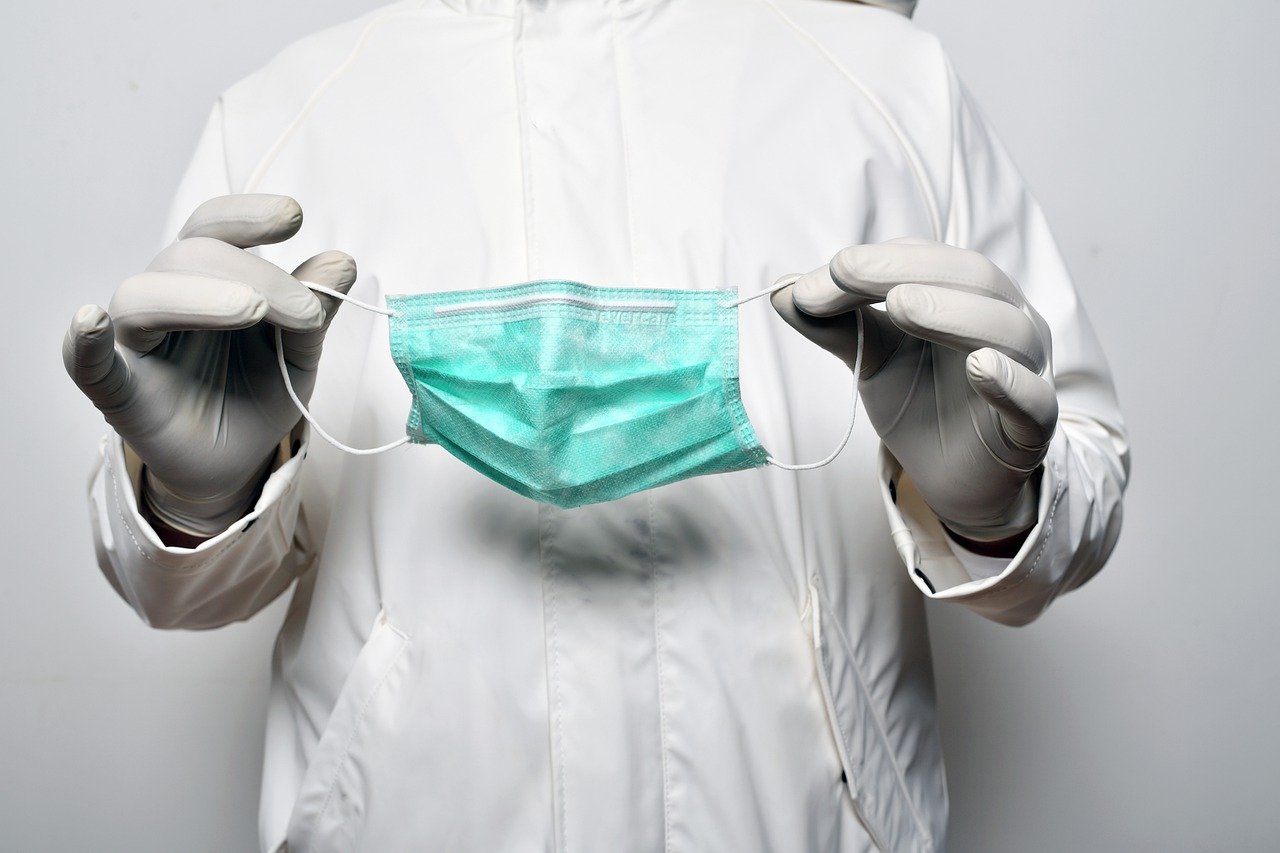December 16th. The website of Spain’s Le Monde published an article entitled “Vaccine, the Beginning of the End of the Epidemic” on December 13, written by Amado Herrero. The article believes that it is still impossible to rule out the possibility of transmission of COVID-19 among vaccinators, so it is also important to impose restrictions on vaccination populations. The full text is excerpted as follows:
Since this year, “waiting for the emergence of a coronavirus vaccine” has become a frequent topic of conversation. A return to normalcy is imminent, and before science can find a solution for us, the virus must be contained or coexisted with it for long enough. The approval of the candidate vaccine seems to announce this turning point: recently, the U.S. Food and Drug Administration approved the emergency use of the vaccine; the European Drug Administration may do the same before the end of this year.
Restrictions cannot be relaxed.
However, a large number of vaccines is needed to immunize a sufficient proportion of the population (more than 70%), which cannot be achieved in a short time. Although the process has begun, it will take months to control the spread of the novel coronavirus. Mass production and distribution of vaccines are urgent tasks and new challenges facing the public health system.
In the initial stage, vaccines are reserved for high-risk groups and medical staff, so most countries will continue to take restrictions and track cases in the first half of next year. This strategy works well in Asia, but not well in the rest of the world.
“It’s clear that vaccines are crucial to curb the spread of the disease,” said Angela Dominguez, coordinator of the vaccine group of the Spanish Epidemiology Society. But it’s worth noting that the process is in stages, both in terms of accessibility and logistics.”
The World Health Organization is concerned about the possible deregulation. “Distribution of a coronavirus vaccine by itself does not defeat the pandemic,” the group warned. In any case, the vaccines were not available in time to prevent disease transmission and reduce hospitalizations during the first few weeks of this winter.
To reduce infection, it is necessary to combine the measures taken so far. “Protective measures such as wearing masks, cleaning hands, social distancing and keeping air in closed spaces should all continue until epidemiological indicators indicate that the spread of COVID-19 has weakened,” Dominguez said.
Vaccines are not a substitute for masks.
Health conditions next year are difficult to predict, as the performance of vaccines depends on multiple variables. This winter is full of difficulties, and next spring will be full of unknowns.” For most countries, I don’t think it will be possible to fully return to normal levels for a while.” “But if the vaccine works as well as clinical trials and can produce lasting immune effects, then next summer we will be closer to pre-pandemic levels,” said Justin Lusler, a professor at the Johns Hopkins-Bloomberg School of Public Health.
The Spanish government hopes to start the first phase of the vaccine in January next year, when European authorities approve the U.S. Pfizer vaccine, which will last for the first quarter of 2021. At that time, priority will be given to vaccination for the elderly in nursing homes, their caregivers and front-line medical staff. If everything goes as expected, other priority groups will gradually join the vaccination in the second phase. Starting next summer, the number of vaccinations will expand to the majority of the country’s population. Federico de Montalvo, president of the Spanish Bioethics Commission, said: “The important news is that even if a vaccine is available, there is no substitute for masks. For a long time, the two will coexist.”
There are variables in the prevention effect
In any case, the results of clinical trials have solved the problem that has been disturbing to the scientific community since the emergence of COVID-19: the feasibility and effectiveness of vaccines. In fact, vaccination is a way to activate the immune system without illness. The immune response can be safely obtained using attenuated and inactivated viruses or viral proteins.
For the vaccine developed by Pfizer and Modena, only a protein genetic instruction encoded by messenger ribonucleic acid (mRNA) is required. Oxford University and AstraZeneca Pharmaceuticals developed a vaccine by introducing this protein into an adenovirus, which has lost its ability to replicate.
“We do see the light at the end of the tunnel, but the exit of the tunnel is still far away,” said Amos García Rojas, president of the Spanish Society of Vaccinations.
It is still impossible to rule out the possibility of transmission of COVID-19 among vaccinators, so it is also important to impose restrictions on the vaccination population.” It cannot be said that after vaccination, the virus will disappear automatically. “The preventive effect of a vaccine depends on some variables we don’t know so far, such as the duration of the protective effect, and the ability of the virus to mutate or evade antibody attacks,” Dominguez said.
Another key question is whether all vaccines can provide the same protection capacity at all ages. Rojas said: “It’s a good thing to have different vaccines to choose from. These vaccines come from different fields of scientific research. The potential weakness of one vaccine can be compensated by the advantages of another vaccine.”
For example, a vaccine developed by Pfizer seems to maximize the protection of the elderly, while AstraZeneca Pharmaceuticals’ vaccine is cheaper and easier to store, and may be more suitable for the epidemic stage when more people are infected. While people are gradually inoculated with different vaccines, drug monitoring research will also be carried out to classify relevant information.



